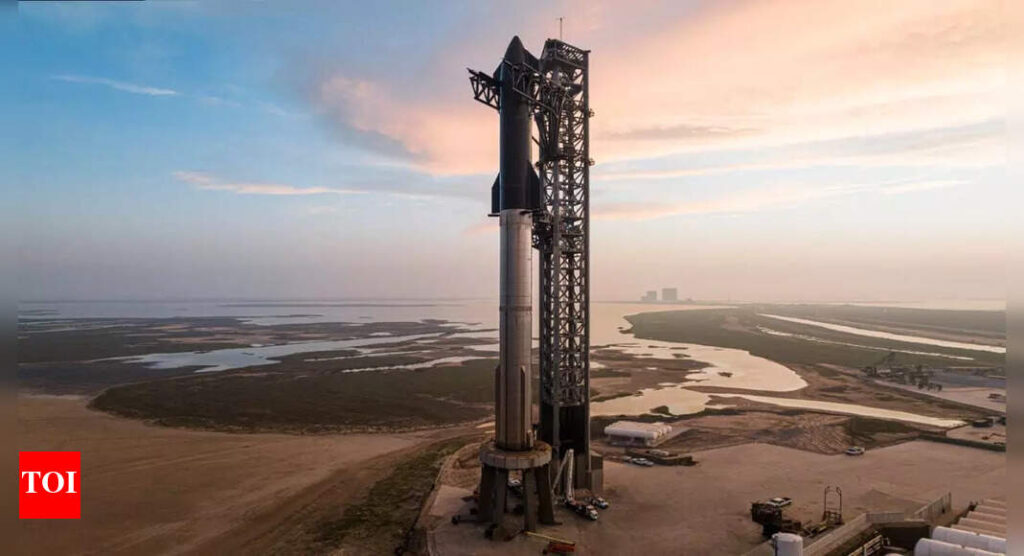
SpaceX’s highly anticipated 10th Starship test flight was called off just minutes before liftoff in Texas, leaving space enthusiasts and industry watchers in suspense. The massive rocket, standing nearly 400 feet tall when stacked, had been scheduled to launch from the company’s Starbase site on Sunday evening, aiming to test critical milestones after a string of failures earlier this year. Instead, SpaceX abruptly announced a delay, sparking speculation about the cause. With Starship central to Elon Musk’s Mars ambitions and NASA’s lunar plans, the setback underscores both the risks and urgency of its development.
SpaceX faces setback in a high-stakes year
This was no ordinary test. Starship’s 10th flight was expected to trial multiple new features — from booster water landings in the Gulf of Mexico to heat shield durability during reentry over the Indian Ocean. The rocket was also set to deploy mock Starlink satellites in space, a step toward proving its payload capability. Previous failures in 2025, including in-flight losses and a test stand explosion, had raised the stakes for this attempt. The delay, while frustrating, highlights the extraordinary complexity of building a fully reusable super-heavy rocket.
SpaceX looks ahead to the next launch window
SpaceX has indicated that a new launch window could open as early as Monday, but no firm timeline has been confirmed. The company is known for rapidly diagnosing and resolving technical snags, often resuming launches within days. Still, every delay adds pressure as NASA eyes Starship for its Artemis program, targeting a crewed moon landing by 2027. For Musk, the rocket is also the linchpin of his long-term Mars vision. Whether the pause was minor troubleshooting or a deeper issue, the next attempt will be watched closely around the world.










